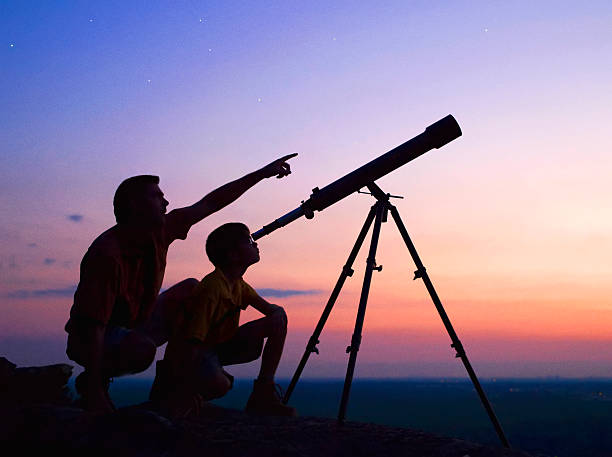Whether you weren’t listening at school when the teacher taught you the basics of astronomy, or you simply need a refresher course, understanding the solar system doesn’t have to be complicated and full of space-speak.
For a basic introduction to the solar system for curious stargazers wanting to get out there with their Regal M2 80ED spotting scope and view the wonders of the night sky, you’ll find everything you need to know, below:
What is the solar system?
Consisting of the Sun, and pretty much everything that travels – or orbits – around it, the solar system is made up of eight planets along with their respective moons, dwarf planets, more asteroids than you can shake a stick at, comets, and a multitude of other smaller objects. That said, while it might sound as if the solar system is chock-a-block, the reality is that most of it is pure empty voids.
Forming only a very small part of what is actually a much bigger system made up of stars, known as the Milky Way, the solar system makes its orbit of the galaxy’s centre, approximately once in every 225 million years. However, the universe is made up of literally billions of galaxies, and the Milky Way is just one of them.
Just how hot is the sun?
Right at the heart of the solar system, is its largest object, the Sun: a star that contains almost all of the solar system’s material. Hotter than we can possibly imagine, the Sun has a core temperature of more than 28,080,000 °F, and is comprised of helium gases and hydrogen. As the Sun continues to change the hydrogen making up its core, into helium, both light and heat energy is omitted, much to the relief of the Earth below!
What is the solar wind?
Shot out by the gases surrounding the Sun, minute particles known as the solar wind, flow outwardly throughout the entire solar system, causing coloured displays of light such as the Northern Lights.
Planets of the solar system
The next biggest objects that make up the solar system after the Sun, are the planets, and this is the order they appear in, with those that are closest to the Sun, appearing first:
- Mercury
- Venus
- Earth
- Mars
- Jupiter
- Saturn
- Uranus
- Neptune
Wondering where Pluto is? In 2006, scientists opted to refer to Pluto and a number of other objects in the solar system, as dwarf planets.
Every planet has at least one moon, and their paths around the sun take on a circular trajectory; why not see what you can spot in the night sky by purchasing a Regal M2 80ED on offer?
Asteroids
Most commonly found forming a ring between the planets of Jupiter and Mars, asteroids are thought to be the debris left behind when other objects in the solar system collide, and are usually made up of small bits of rock and metal. The biggest have diameters hundreds of miles wide, but the majority of asteroids are a lot smaller, and they fall to Earth, or become meteors that glow as they burn.
Comets
Comprised of little pieces of ice and dirt, billions of comets travel around the Sun in paths that are long and oval in shape, and most are far too tiny or distant to be seen, even with a telescope, from Earth.
The outer regions of the solar system
Forming a flat ring comprised of many tiny, icy objects, is the Kuiper Belt, beyond Neptune, which orbits the Sun at a significant distance. At the very outer edges of the solar system, floats the Oort Cloud, also made up of millions of tiny and icy objects.
The solar system leaves many of us in awe, but by taking up astronomy or casual stargazing as a hobby, you can begin to unravel the mysteries of the cosmos.








